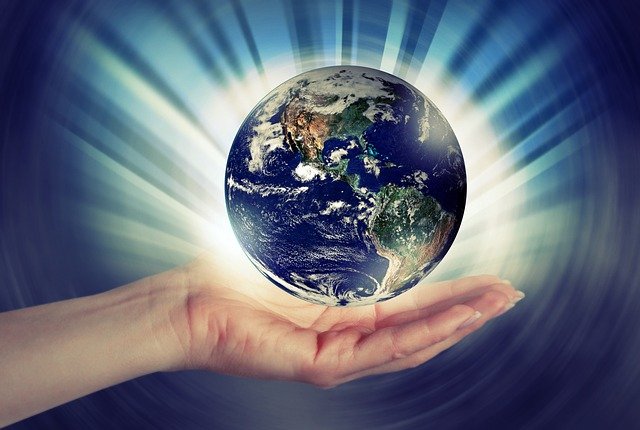The Earth is dying. At least, that’s what the world’s leading experts are saying. But what exactly is happening, and why is it such a big deal? And what can you do to help protect the environment?
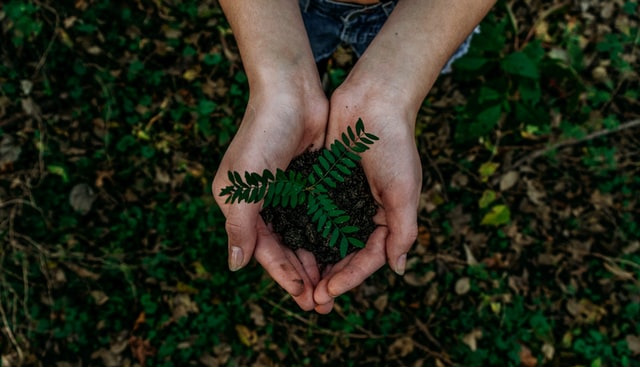
What’s Happening?
The fact of the matter is that every part of Earth has been damaged to an extent, and although nature has been responsible for some of these problems (volcanoes emitting carbon into the atmosphere, pigs releasing phosphorus through excretion, etc.) environmental destruction has been caused almost entirely by humans. As a matter of fact, many scientists believe that Earth is in the midst of its 6th mass extinction, and unlike the previous five extinctions, which were likely caused by asteroid impacts, massive volcanism, or extreme climate change, this one is being caused by humans.
Overconsumption and Population Growth
In the 1990s, environmental scientists Dr. Mathis Wackernagel and Dr. William Rees estimated that humans are using Earth’s resources 50% faster than they’re being replenished, calculating that the human population will need two Earths to support its population and consumption by the year 2030. Essentially, the planet is struggling to support the 7 billion people that already inhabit it, and an increasing population (coupled with the subsequent consumption) will have dire consequences for the planet.
Biodiversity Loss and Species Extinction
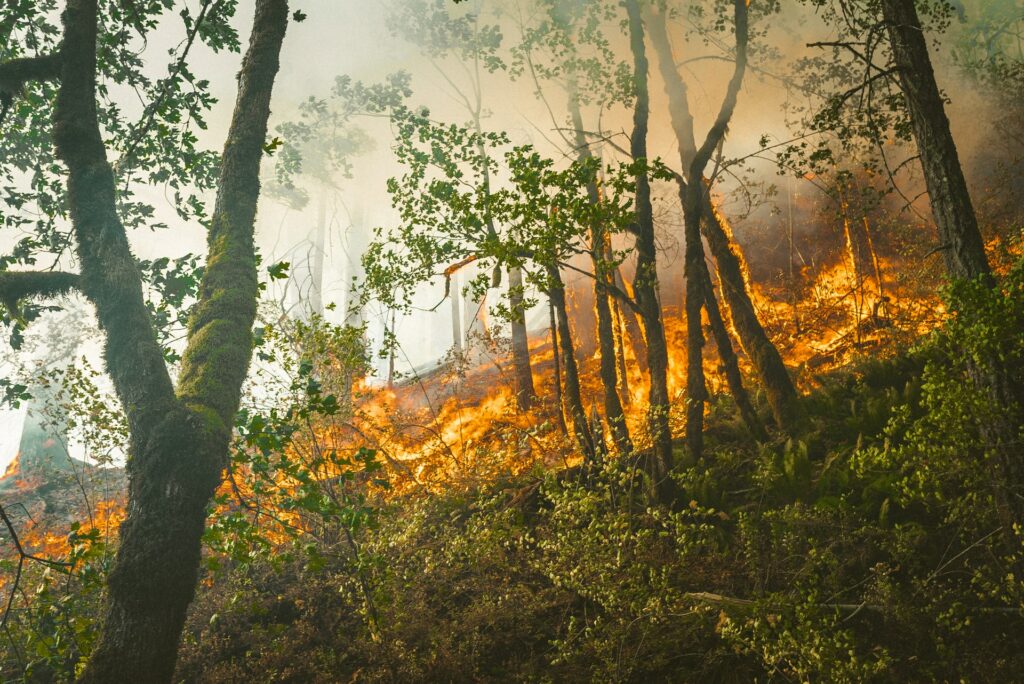
Humans have destroyed numerous animal and plant habitats due to resource consumption, agriculture, and industrialization. The destruction of forests, contamination of marine systems, and manipulation of land for agricultural and industrial purposes has misplaced and/or eliminated animal habitats. In 2007 Amhed Djoghlaf, head of the United Nations convention on biological diversity, stated the following:
“We are indeed experiencing the greatest wave of extinctions since the disappearance of the dinosaurs…Every year, between 18,000 and 55,000 species become extinct. The cause: human activities.”
Human Creation of Waste and Plastic
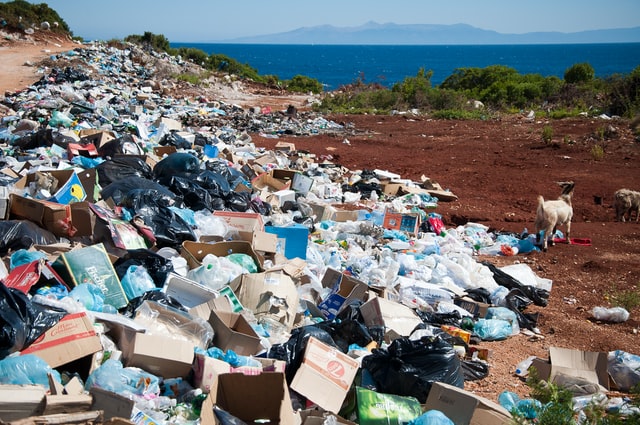
Humans living in western society are naturally wasteful: paper, food scraps, yard trimmings, old electronics, packaging, metals, etc. Practically everything purchasable comes with some type of packaging or wrapping that is thrown away. If not managed correctly, waste can emit hazardous toxins into the environment, harm animal habitats, and pollute land and water. In addition, there’s the industrial waste that is emitted from factories, mining activities, agriculture, petroleum extraction, and other processes. U.S. industry generates nearly 8 billion tons of waste each year, the majority of which is wastewater. The management of human waste will no doubt be an area of concern in coming years due to the increasing population and human consumption.
So, now that we’ve addressed the severity of the issues at hand, what can you do to help save the earth?
Easy Ways You Can Help Protect the Environment and Save the Earth
If we’re really in the midst of a mass extinction, what can you do to cease this extinction or send it into regression? Well, every environmentally conscious step can help better the planet, no matter how small the action may be. To help you out, here are a few small steps you can take today:
1. Eat Less Meat
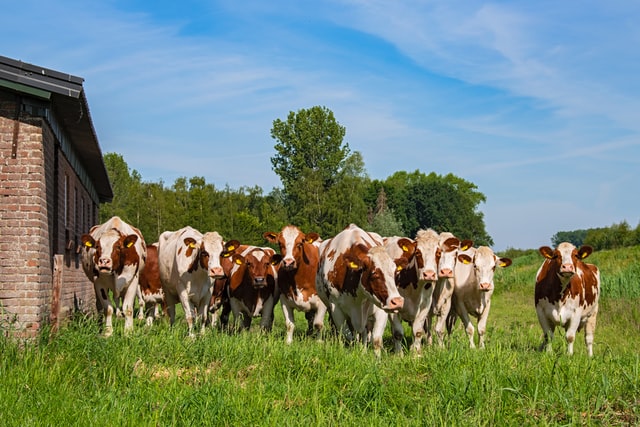
Did you know that eating meat is the worst thing that you can do as an individual for the environment? In fact, according to the nonprofit Greenpeace, the meat industry accounts for the same impact as flying and driving all the vehicles and planes in the world combined.
According to the National Center for Biotechnology Information, “livestock production does not only have a negative influence on GHG emissions, but also on the water footprint, water pollution, and water scarcity.”
So what can you do if you are a meat lover? Cutting down on even one beef dish per week will have a huge impact. The less eat you meat, the more you can protect the environment and help save the earth. Baby steps can make a huge difference.
2. Protect the Environment and Walk/Ride a Bike.
Sometimes, it’s not necessary to take a car everywhere you go; walking or riding a bike is a great way to get some exercise and reduce your carbon footprint to help save the earth.
3. Unplug Unused Electronics.
Even unused electronics can suck up energy – unplug rarely-used items to reduce energy consumption and your electric bill. It’s a win-win.
4. Save the Earth by Taking Public Transportation or Carpooling
If walking or riding a bike is out of the question, mass transit and/or carpooling causes less strain on the environment and puts a smaller dent on your bank account.
5. Install a Low-Flow Shower-head.
Low-flow shower-heads use less water, meaning a lower water bill and less strain on the world’s limited supply of fresh, drinkable water.
6. Sign up for e-billing
The amount of trees and water it takes to supply the world with paper is significant. One simple thing you can do today to protect our environment is sign up for e-billing. It can save you time, save lots of trees and help save the earth.
7. Change the Thermostat Level to Protect the Planet.
Lowering the thermostat level during cooler temperatures and raising it a few degrees when there’s warmer weather can save you some money and reduce the use of fossil fuels.
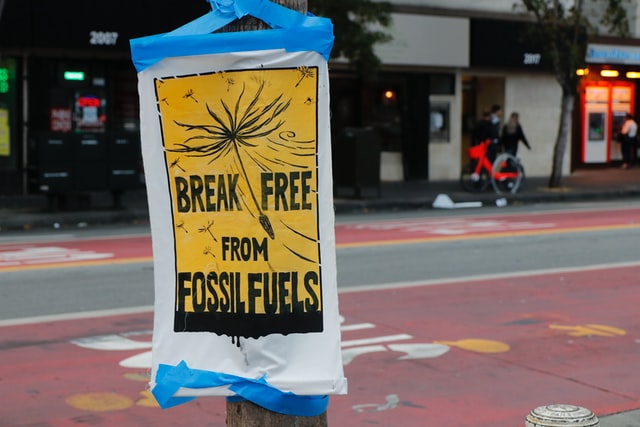
8. Use Reusable Shopping Bags
Plastic bags aren’t biodegradable, meaning nature can’t break them down. They often end up ravaging animal habitats or polluting waterways. Instead, use a cloth or canvas bag when doing your grocery shopping.
9. Bundle your Errands
If you know you’re going to have several errands to run over the course of a month, try to do them all at one time – it’ll save you money and help the environment.
10. Use LED Lightbulbs
LEDs are more energy efficient than regular incandescent bulbs. In fact, they are 75% more efficient and last 20-25 times longer. This is a no brainer, save the planet and save your cash!
11. Vote for Politicians that Protect the Environment
In a country where citizens elect their representatives, it’s important to choose individuals who have your best interests at heart. Because the state of the environment affects everybody on Earth, it’s necessary to vote for politicians who are passionate about protecting the planet.
12. Skip the Bottled Water
Opt for a reusable water bottle to save money and help the environment. Install a water filter in your home or use a Brita filter. Besides, tap water is already stringently monitored by the government, so bottled water isn’t necessarily safer.
13. Protect the Environment by Keeping Old Electronics
Electronic waste is a growing concern, especially when industrialized countries send old electronics to poorer nations, harming both the impoverished individuals who salvage them and the environment that must sustain the waste. Try not to upgrade to the latest version of any gadget you have if the device you own continues to work well. If you need to, though, deposit your old version at an e-waste collection center.
14. Grow Your Own Food.
Having your own garden is a great way to eat organically, avoid genetically modified foods, and reduce the need for polluting farming equipment and substandard irrigation methods.
15. Buy Sustainable Products.
When growing your own food isn’t an option, you can let your money speak for you. Buying sustainable products is a great way to help the environment. Supporting your local farmer’s market, only purchasing items that you need or repairing items that you already have, buying reusable or recycled products, and investing in appliances with EnergyStar ratings are all great ways to buy sustainably.
16. Don’t Buy Products that Contain Palm Oil
Palm oil plantations (many of which are illegal) are one of the leading causes of habitat destruction and deforestation around the world. It is an ingredient that is used in many consumer products by the worlds biggest brands because it is cheap. Despite its detrimental effects on the environment, these companies continue to use palm oil and aid in the destruction and deforestation of critical habitats because many people don’t know how harmful it is and continue to buy products with palm oil.
Next time you go shopping for household goods and food, take a moment to look at the label. Don’t buy products that contain palm oil in their ingredients. It is as simple as that. Make an impact with your wallet.
Common ingredients on labels that are actually palm oil:
- PKO – Palm Kernel Oil
- PKO fractionations: Palm Kernel Stearin (PKs); Palm Kernel Olein (PKOo)
- PHPKO – Partially hydrogenated Palm Oil
- FP(K)O – Fractionated Palm Oil
- OPKO – Organic Palm Kernel Oil
- Palmitate – Vitamin A or Asorbyl Palmitate (NOTE: Vitamin A Palmitate is a very common ingredient in breakfast cereals and we have confirmed 100% of the samples we’ve investigated to be derived from palm oil)
- Palmate
- Sodium Laureth Sulphate (Can also be from coconut)
- Sodium Lauryl Sulphates (can also be from ricinus oil)
- Sodium dodecyl Sulphate (SDS or NaDS)
- Elaeis Guineensis
- Glyceryl Stearate
- Stearic Acid
- Chemicals which contain palm oil
- Steareth -2
- Steareth -20
- Sodium Lauryl Sulphate
- Sodium lauryl sulfoacetate (coconut and/or palm)
- Hydrated palm glycerides
- Sodium isostearoyl lactylaye (derived from vegetable stearic acid)
- Cetyl palmitate and octyl palmitate (names with palmitate at the end are usually derived from palm oil, but as in the case of Vitamin A Palmitate, very rarely a company will use a different vegetable oil)
17. Pick Up Trash (Even If It Isn’t Yours).
Notice all of the trash on the sidewalks or on the road? Take a moment to pick it up and throw it in the trash or recycle it. Make it a habit on your walk to work to bring a bag with you to fill with trash or simply drop it in the closest trash can. If everyone picks up a couple pieces of trash each day the world would be a much cleaner place.
18. Recycle.
Recycling is a classic way to help the environment, but not many people know exactly which items can be recycled. Glass, newspaper, aluminum, steel cans, plastic, food and yard debris (compost), corrugated cardboard, motor oil, and batteries are all items that can be recycled at community recycling facilities. To find out what items can be recycled in your community, contact your local waste management.
19. Reuse.
Simply reusing old items can help protect the environment. Glass containers can be used for storing food or other items, cereal bags can be used in place of Ziploc bags, and old or unused items can be sold in a yard sale; it’s about finding alternative uses for items so that waste can be reduced.
20. Compost Your Food.
There are many environmental benefits of composting. Not only do you reduce the amount of food going into the landfill thus reducing greenhouse gas emissions, you also can use it to help grow your own sustainable garden!
The Takeaway: It’s Easy to Protect The Environment and Save Our Planet
The state of the environment is one of the most pressing issues of our time. You can make an important impact with small changes designed to minimize your consumption and waste. And even though you’re just one person, others are sure to take note of your good actions, resulting in a domino effect that will magnify the benefits of your behavior.

